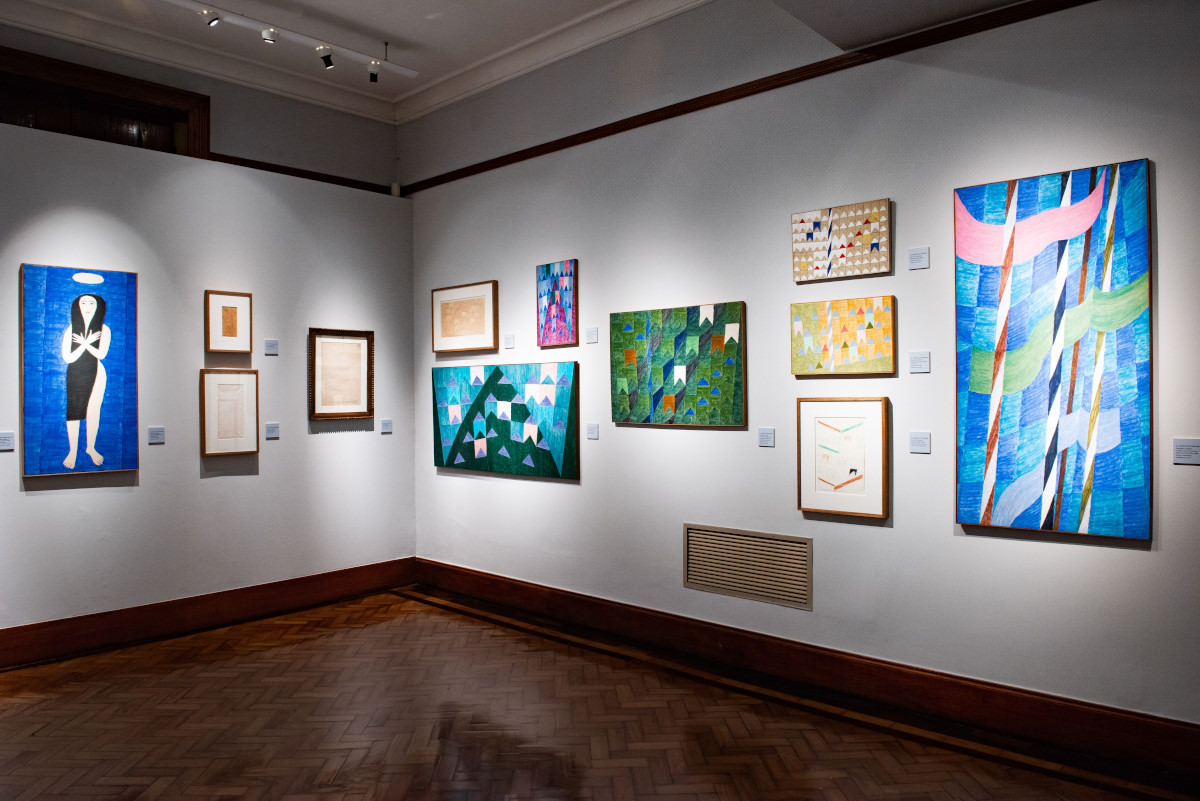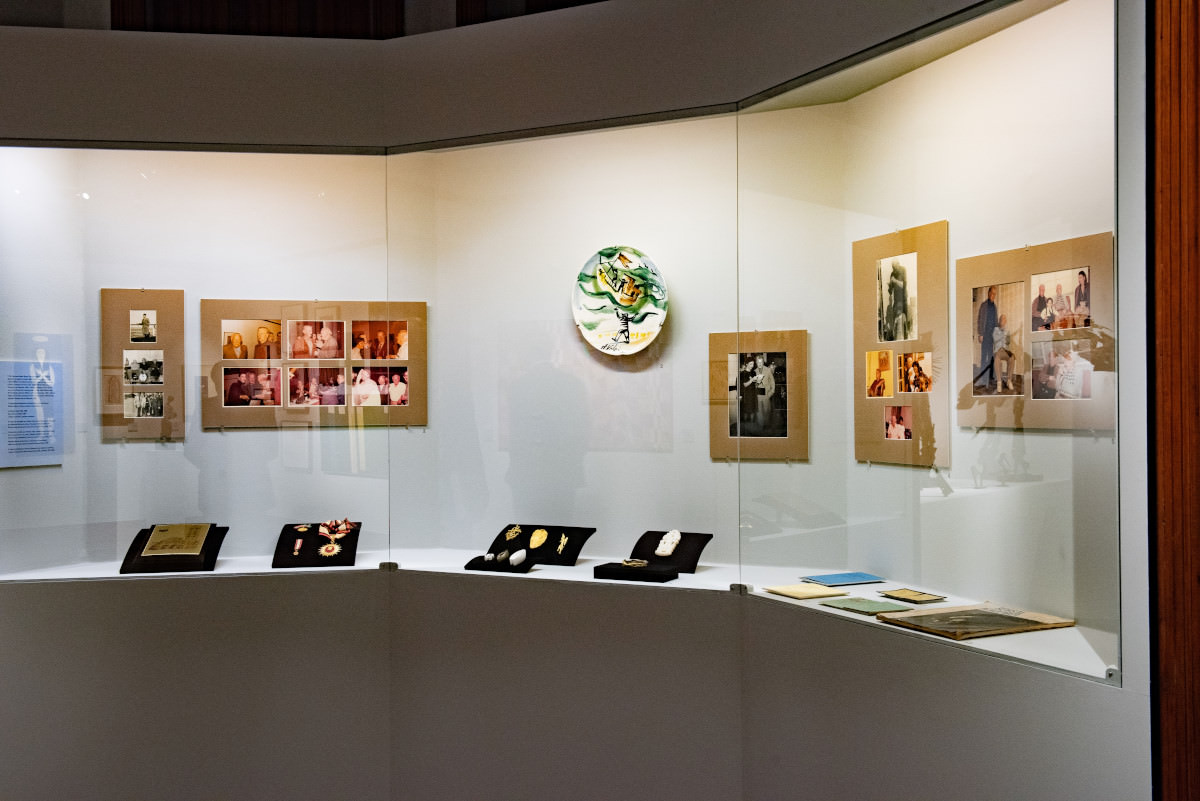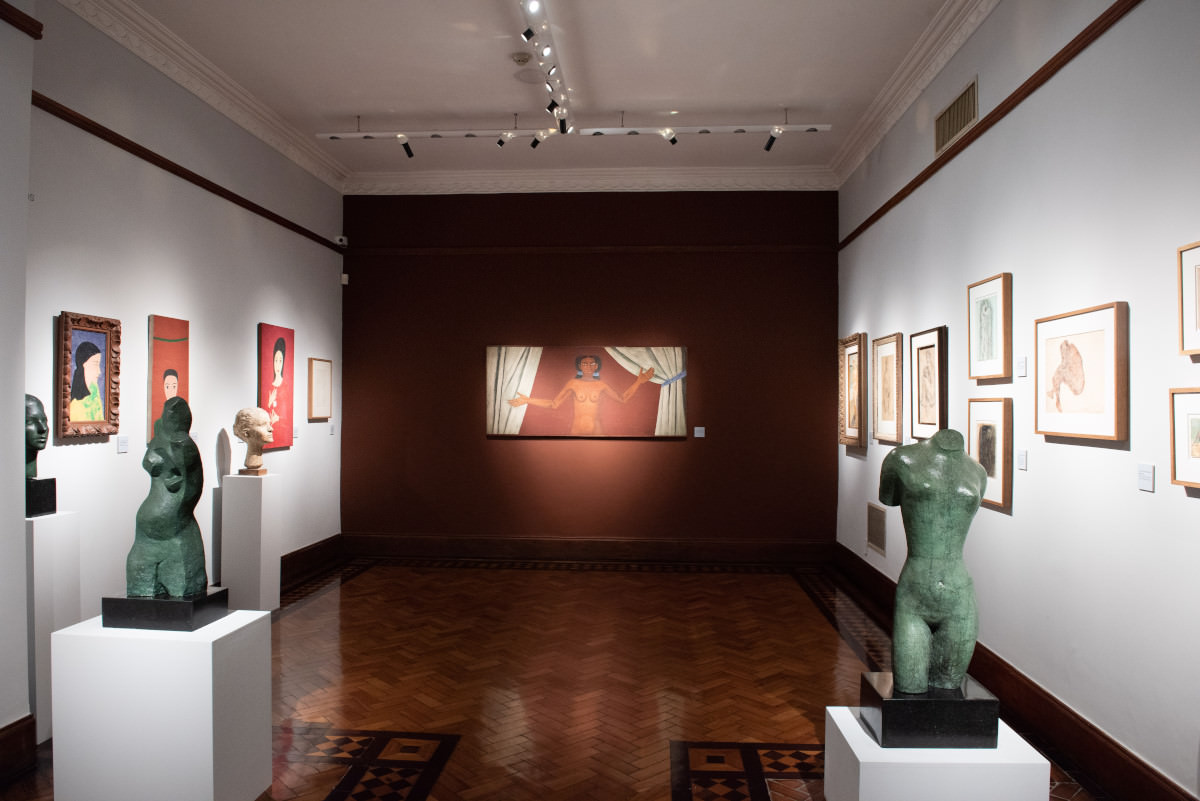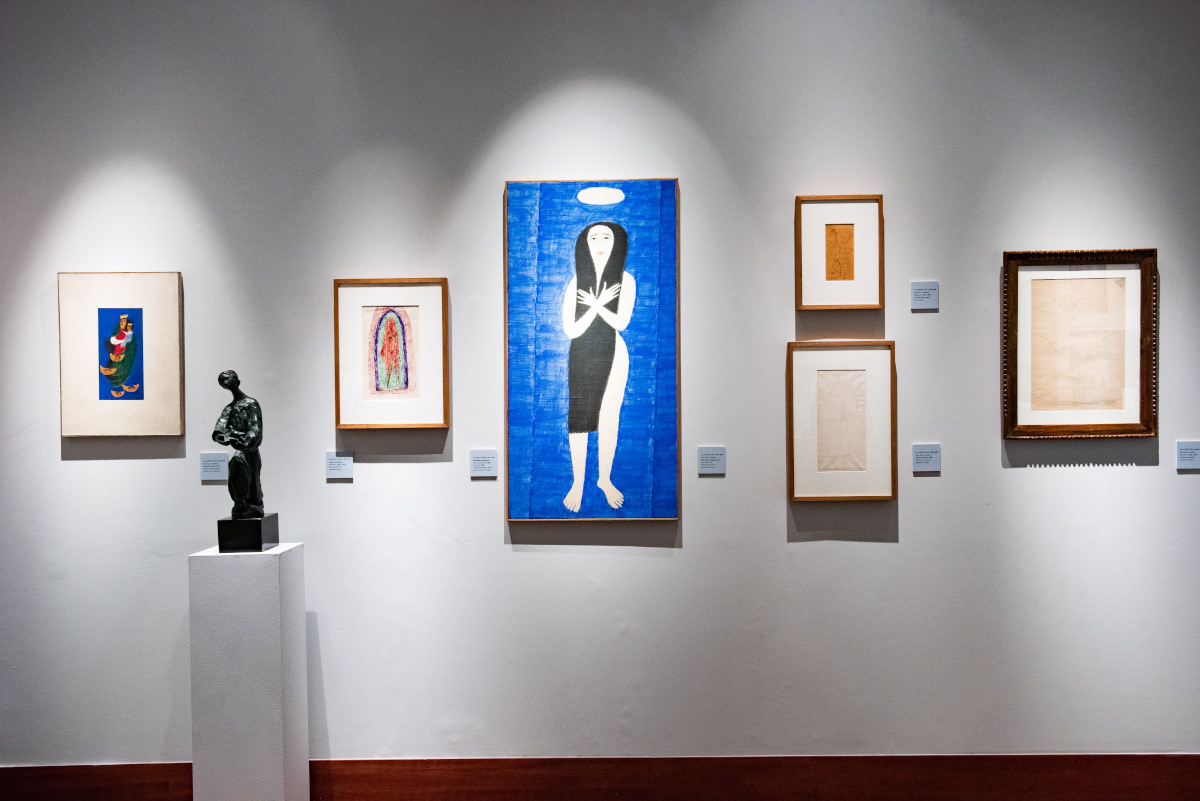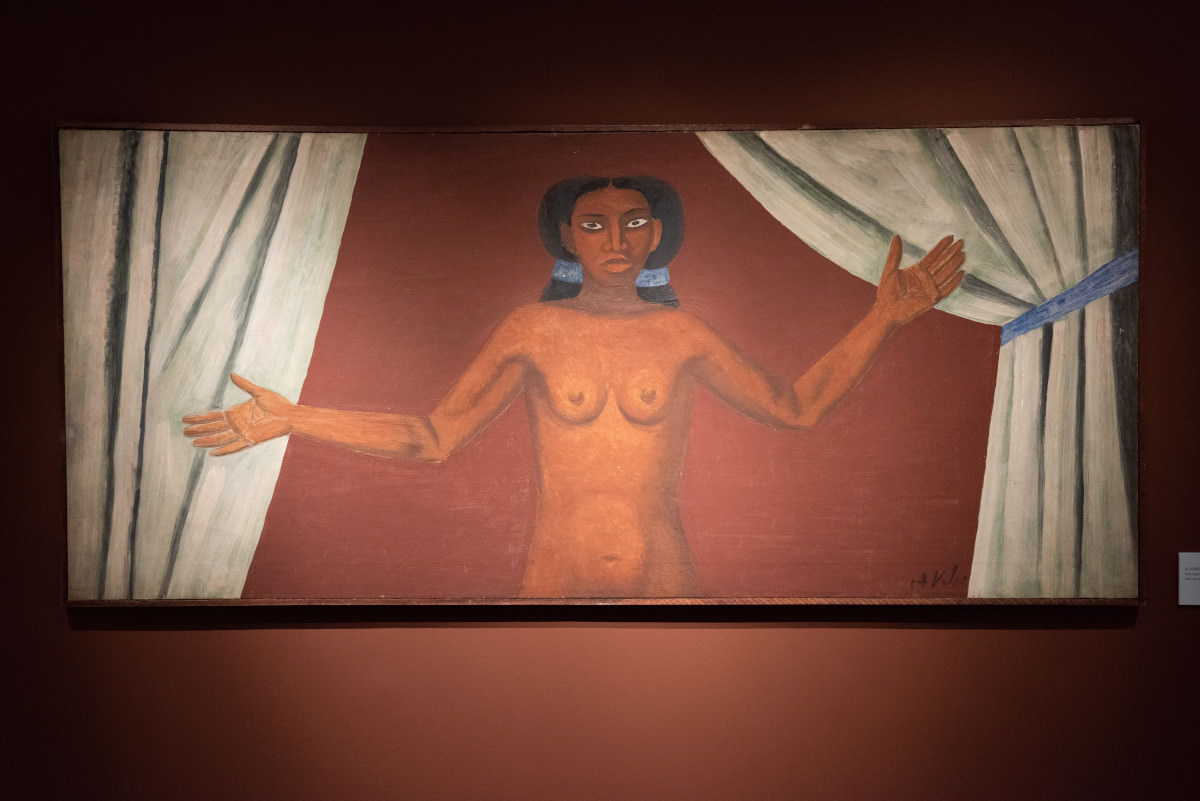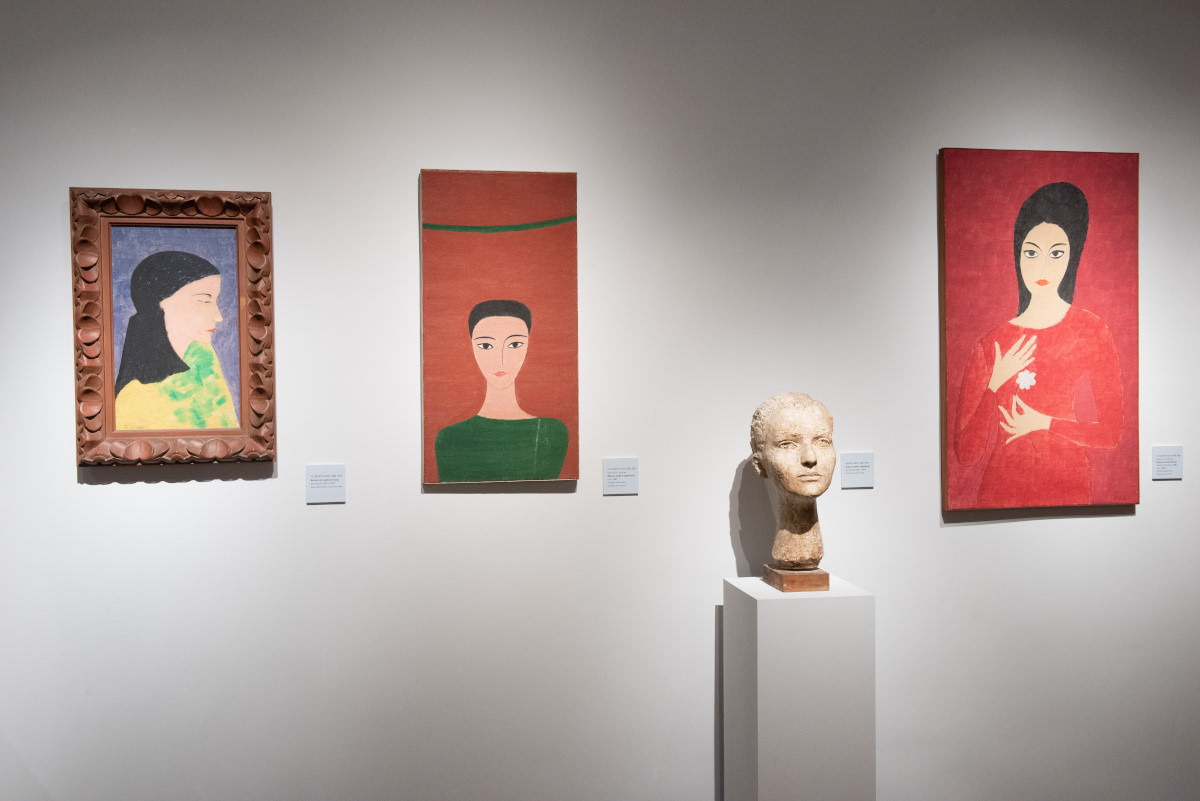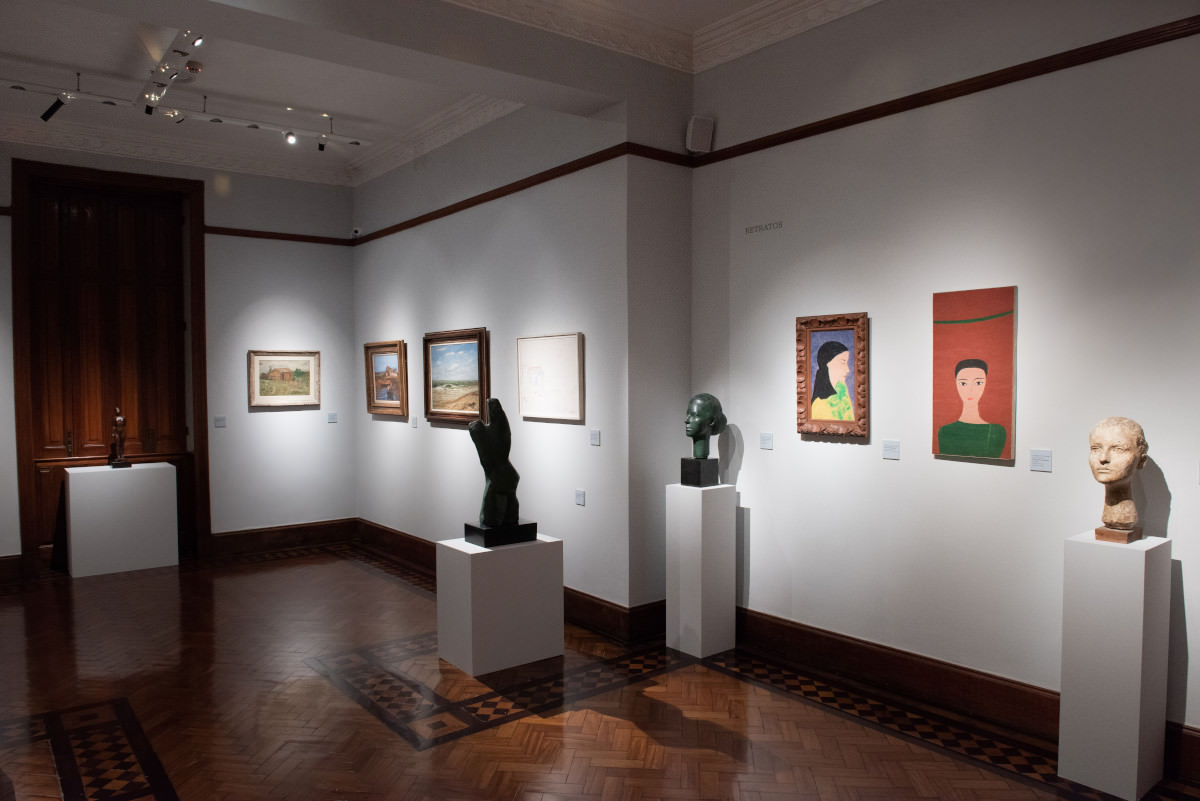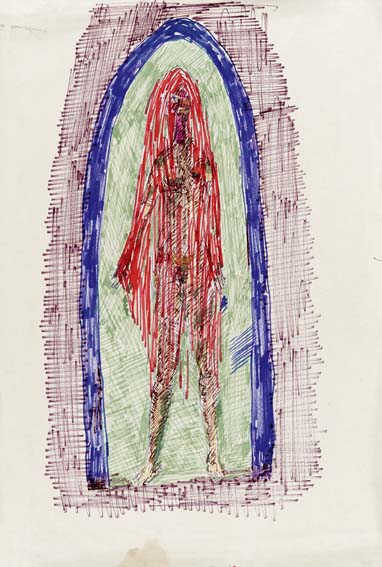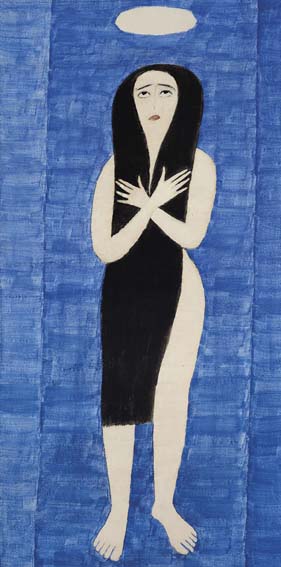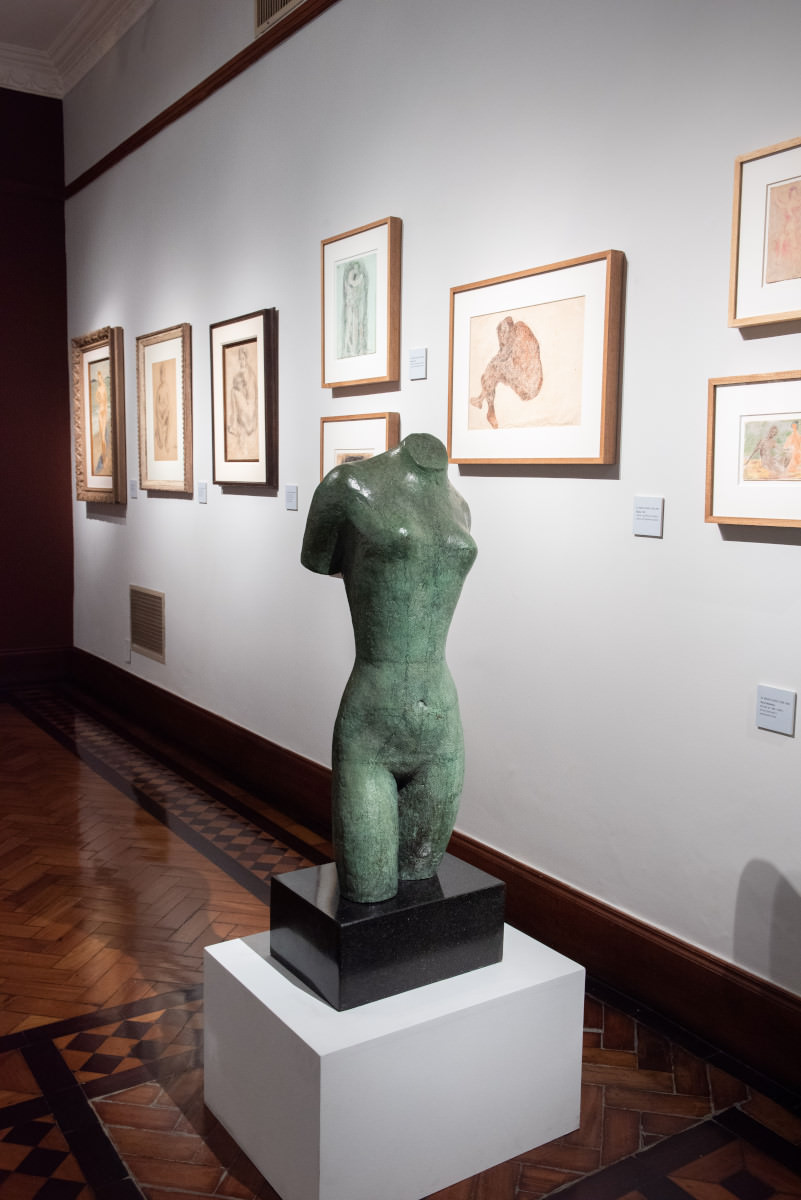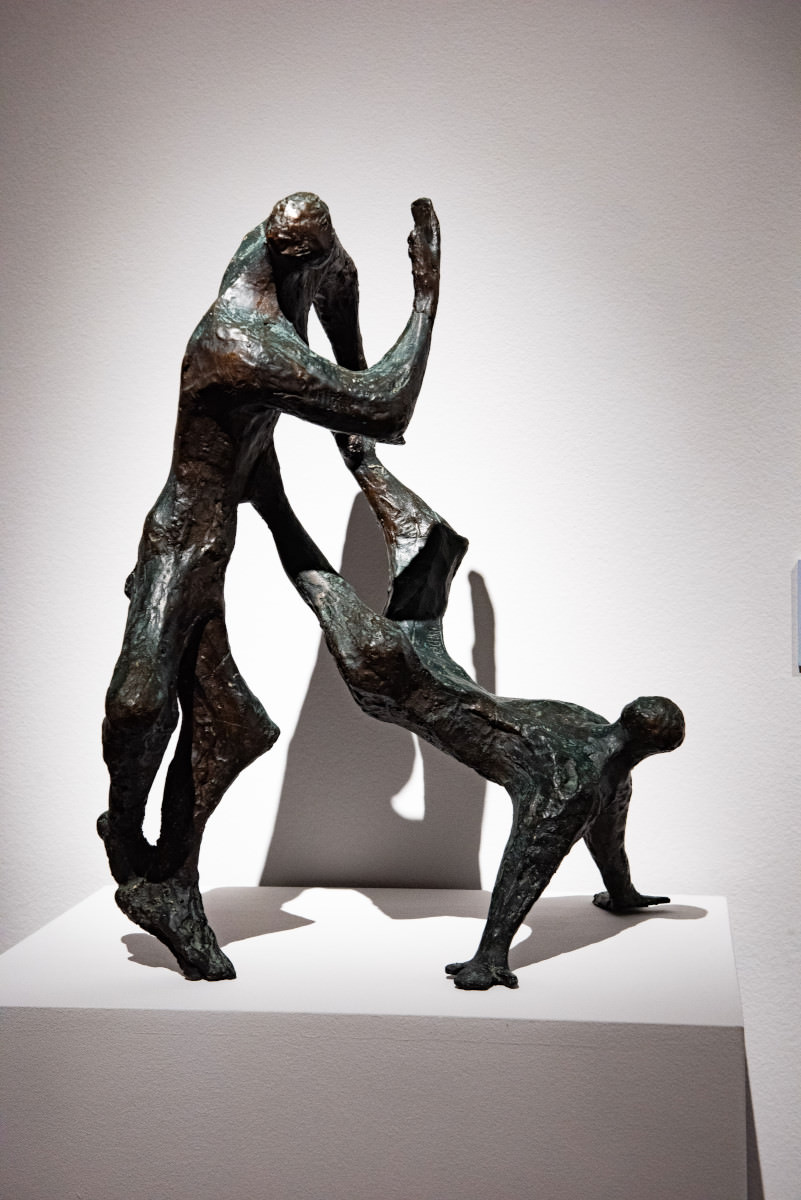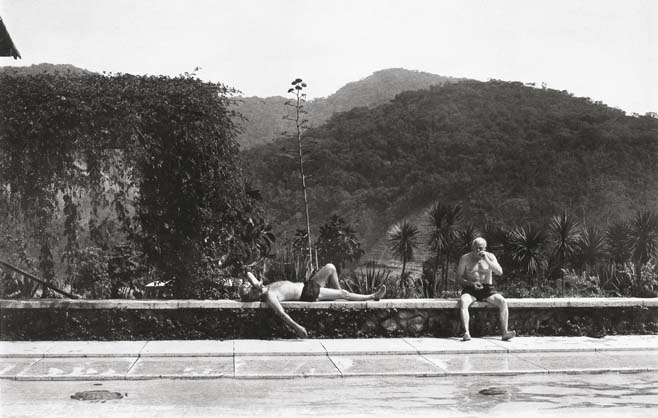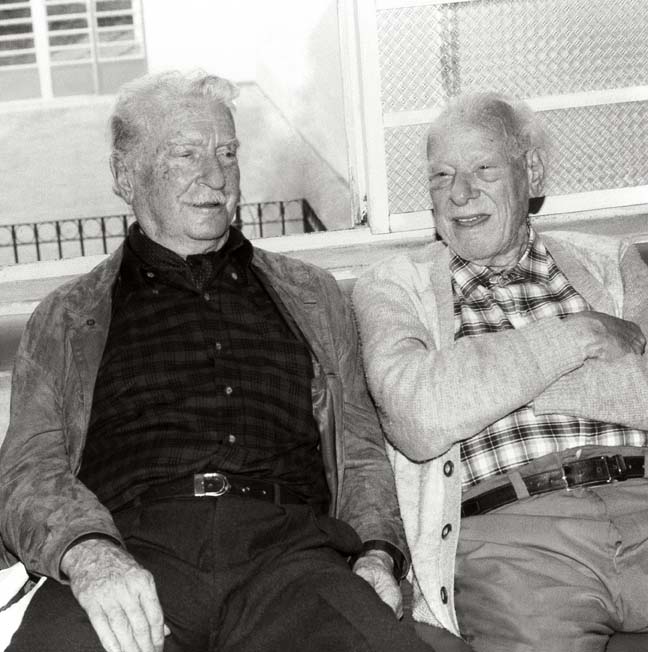
Cultural Pinakotheke brings together over 130 works, for the most part unpublished, that tell the friendship 52 years the two artists, the most long-lived of Brazilian art
Pinakotheke Cultural, Rio de Janeiro
Public visitation: 14 from June to 27 th July 2019
Curated By: Max Perlingeiro and Pedro Mastrobuono
Realization: Pinakotheke Cultural
Institutional support: Volpi Institute of Modern Art
Free entrance
The Pinakotheke Cultural open from 14 June 2019 for public exposure "Aesthetics of a friendship - Alfredo Volpi (1896-1988) and Bruno Giorgi (1905-1993)”, with more than 130 works, in a largely unprecedented, narrating the long-lived and affective coexistence of two artists, that lasted for 52 years. Curated by Max Perlingeiro, da Pinakotheke, and of Pedro Mastrobuono, Volpi's Institute of Modern Art, exposure of the idea has been developed ten years ago, and can be embodied from the long depositions of Leontina Ribeiro Giorgi, Bruno's widow, data to both trustees. She opened files and "told historical and personal facts, It is a living memory of the two artists ", Max reports Perlingeiro. The exhibition is accompanied by a book with hard cover, 228 pages and 22cm x 27cm format, with images of works and critical texts Rodrigo Naves, the psychoanalyst David Leo Levisky, from Mário de Andrade (Text excerpt written in 1944 and published in the "Academic Journal", in 1945), and of Max Perlingeiro.
The criteria for selection of works, all belonging to private collections, He sought to punctuate the friendship of two great artists, begun in 1936, when Bruno Giorgi returned briefly to Brazil, during his stay in Italy and France. In 1939, in the final round of the country Bruno, friendship deepened, and thereafter they were inseparable. In addition to the talks on building St. Helena, in São Paulo, which had workshop, exposures that were together, the soirees, artistic discussions, the two were brothers "by choice", Volpi and always had a captive fourth in Bruno residences, that in 1946 He moved to Rio de Janeiro, and often spent periods in Italy for the production of his sculptures. In 1943, Bruno Giorgi, along with Sergio Milliet (1898-1966), Volpi was the best man to Benedicta Maria da Conceição, Volpi called by the "Judith".
"Historically, friendship among artists has always been an object of study of great researchers ", Max observes Perlingeiro. "No brazil, the long lasting friendship between artists was, No doubt, entre Volpi and Bruno Giorgi. Both originated from the same region in Italy, Tuscany - a mountain divided families. With very different personalities, Volpi and Bruno had the same passions and lived for more than 50 years until the death of Volpi, in 1988. ", account.
COURSE ON DISPLAY
Upon entering the exhibition, the public is received by the sculpture "Alfredo Volpi Head" (1942), Bruno Giorgi, with the painting "Untitled (Portrait of Bruno Giorgi, the 1940)”, Volpi.
In first room, Volpi will be six and Bruno landscapes, and set of works - sculptures and paintings - dedicated to "Women", made by the two artists. There will be portraits of Leontina and artist Eleonore Koch (1926-2018), rare student of Volpi, and from 1947 also began to attend the studio of Bruno Giorgi in Rio de Janeiro, where today is the Hospital Pinel, na Climb. On the wall to the back of the hall is the large format painting "Untitled (Portrait of Judith, 1949)”, Volpi, and a set of female nudes, from Bruno, drawings, watercolors and sculptures.
In second room the audience will see a large collection of paintings of the years Volpi 1950 to 1970, that occupy three walls, and two sets of Bruno sculptures: the "spectral", term coined by the German philosopher Max Bense (1910-1990), and "models" of the works of great artist format. Bruno will be the sculptures also as "Capoeira" (the 1940) and produced to Brasilia, as "Meteor", "Candangos" and "Study for the Monument to Culture", all the decade of 1960. On the bottom wall is a large format painting "Untitled (Study for the mural Don Bosco ", Brasilia, the decade of 1960, Volpi. In this room there will be a showcase with documents, photographs, and jewelry created by Bruno Giorgi in years 1970 and 1980.
In third room are the works "Affective", or dedicated to Santa Maria Egipcíaca made by two artists: painting in 1963 tempera on canvas "Untitled", (c. 1961), to 54cm x 107cm, Volpi, belonging to the diplomat Edgard Telles Ribeiro (1944), and design "Santa Maria Egipcíaca" (the late 1960), in felt-tip pen on paper, Bruno made Pro. The story involving these two works originates in the opposite view that each of the artists had on the holy. In a literary soiree in Bruno Giorgi house, her friend and neighbor Maria Telles Ribeiro recites "Ballad of Santa Maria Egipcíaca", the book "Complete Poems", of Manuel Bandeira (1886-1968), then in a recent issue of 1951. From then, the two artists discussed heatedly about the narrated episode, in which the saint would have to cross a river to get to Jerusalem and it paid the boatman with her virginity. for Volpi, purity remained intact, since as a saint your body no matter, before his spiritual mission. Bruno, was unacceptable holy have sold your body. The result of different views can be seen in two paintings.
In this room are also Volpi study a tapestry for Bruno house, and the painting "Untitled" (the 1970), made six hands by Volpi, Bruno and Decio Vieira (1922-1988); and the drawing made by his friend Bruno Volpi, on his last visit to his friend, already extremely weakened.
Two documentaries with statements from both artists, edited with the exhibition works, will be in looping this space.
Sign up to receive Event News
and the Universe of Arts first!
AN ERA OF ANCHOR TO ANOTHER
Although from the same region in Italy, the two artists had different backgrounds and social status. Psychiatrist David Levinsky Leo points out that "Bruno was a cosmopolitan man. well-traveled. I was read and enjoyed poetry and literature. Since small, his mother used to take him to the theater, where he developed his love of music. Yet, his work was always first, followed by interest in politics and culture ". he adds: "I had no scholarship Volpi, but I enjoyed listening to Bruno reciting poetry, preferred are those written by Francis. What are the origins of the profound generosity of Volpi, a carrier soul of an intrinsic religiosity in pursuit of the? Between Alfredo and Bruno, one represented an anchor to the other ". "Volpi seemed little concern about the future of his artistic work and believed that would not have the same public recognition Bruno. He justified his thinking with the fact that his paintings remain inside the homes of their collectors, while Bruno sculptures were public works, exposed in open areas of major cities, both in Brazil and abroad ".
The critic Rodrigo Naves points out that "this aura of simplicity has contributed to many critics and writers sublinhassem personal and artistic purity and intuitive dimension Volpi". However, the critical points to the fact that few Brazilian artists granted a cultural environment as rich as he, a modern cultural environment, made of coexistence and dialogue, and not something academic and record, although this cultural environment had many limitations. To ignore this would be to identify his painting one simplicity that definitely lowers the complexity and the dilemmas it contains ". Naves recalls a statement of Giorgi, in 1979, where reports "have taken, in 1937, Mário de Andrade - one of the most prepared São Paulo intellectuals of the period - and Sergio Milliet to Volpi workshop and both 'marveled' ".
GARDENS AND EDUCATION PROGRAM
Some works will be in the gardens, and free educational program will be held from 11h to 13h, on some Saturdays during the exhibition period, with the following schedule:
- 29 June - Flags | Let's create our own works inspired by the famous flags of Alfredo Volpi?
- 06 July - Jewelry Workshop | Playing draw and sculpt jewelry
- 13 July - Painting facades | geometric elements on the facades of Alfredo Volpi
- 20 July - masts Volpi | Creating masts from scrap
- 27 July - Tree affections | Generated from the friendship
The exhibition was on display in Pinakotheke in Sao Paulo, between 25 March and 25 May last.
| Service: "Aesthetics of a friendship - Alfredo Volpi (1896-1988) and Bruno Giorgi (1905-1993)” |
| Public visitation: 14 from June to 27 th July 2019 |
| Curated By: Max Perlingeiro and Pedro Mastrobuono |
| Realization: Pinakotheke Cultural |
| Institutional support: Volpi Institute of Modern Art |
| Free entrance |
| Pinakotheke Cultural Rio de Janeiro |
| St. Clement Street 300, Botafogo |
| 22260-000 – Rio de Janeiro – RJ |
| Phones: (21) 2537-7566 |
| E-mail: [email protected] |
| Monday to Friday, das 10h às 18h, and on Saturdays, from 10:00 to 4:00 pm. |
| Admission is free |
| school visits can be scheduled by phone 2537-7566 |
ROSÂNGELA VIG
Sorocaba – São Paulo
Facebook Profile | Facebook Fan Page | Website
Columnist at Website Obras de Arte
E-mail: [email protected]



